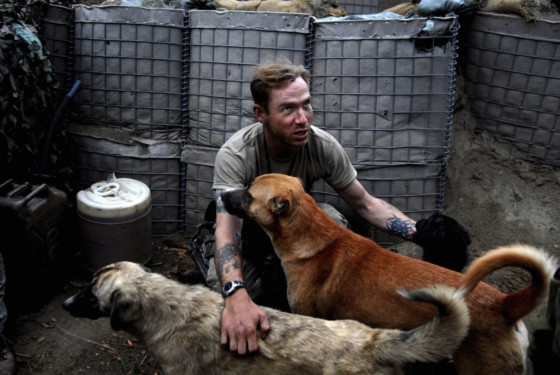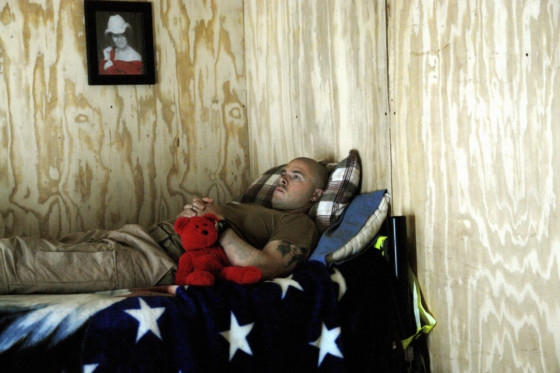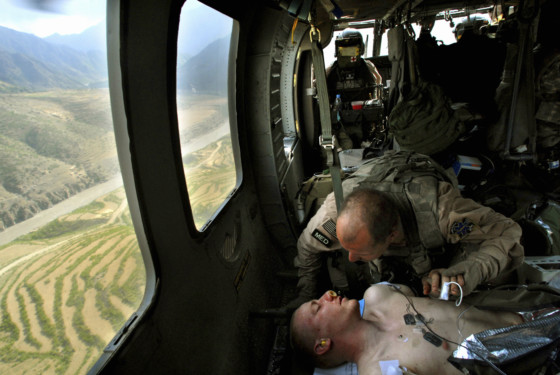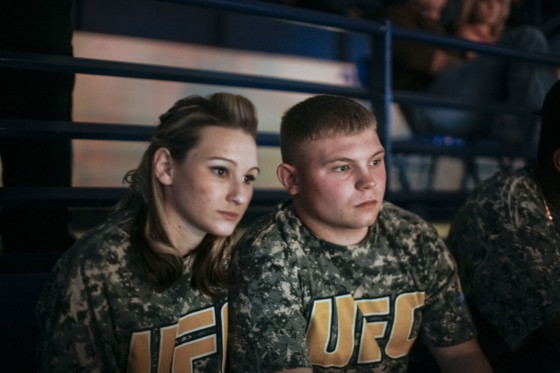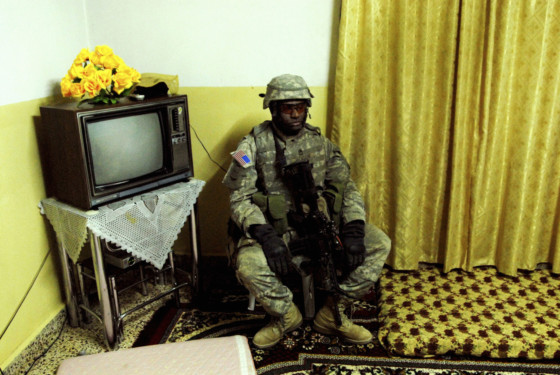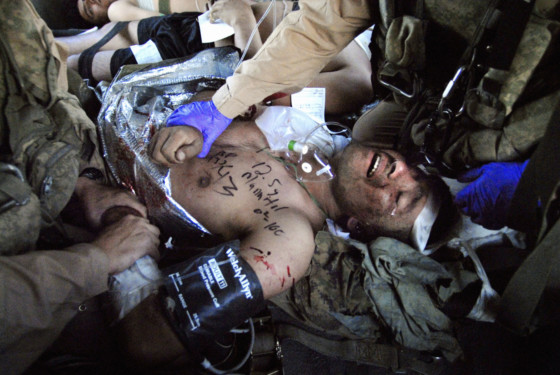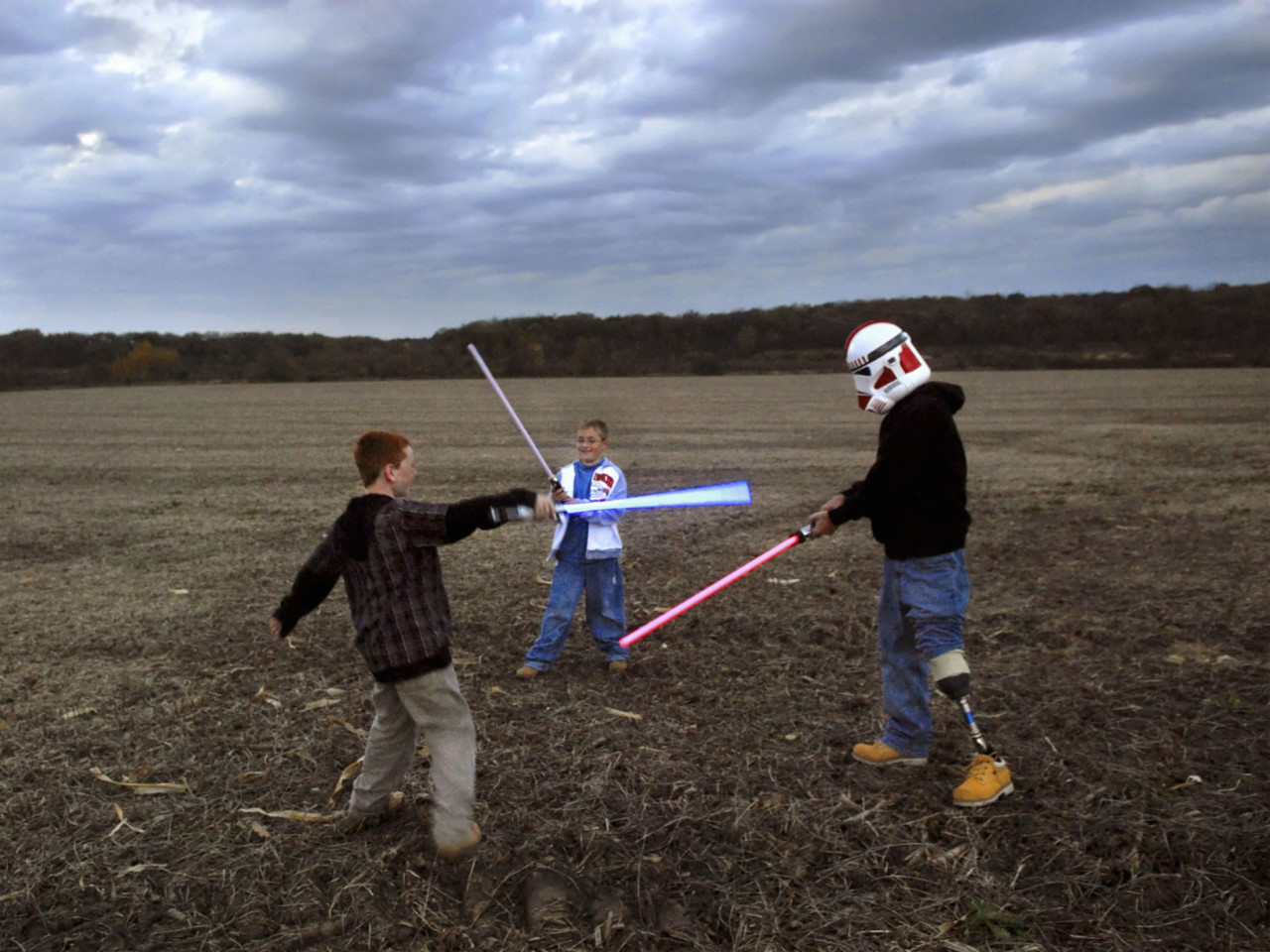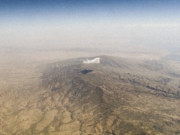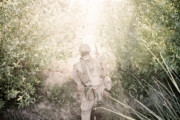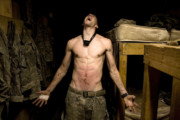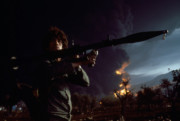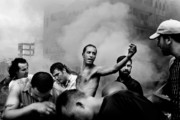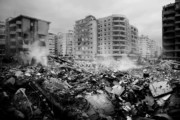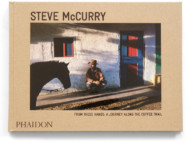2nd Tour, Hope I Don’t Die
A deeply poignant look at the reality of America’s wars in Iraq and Afghanistan through the lens of Peter van Agtmael
The wars in Iraq and Afghanistan have lost America’s attention, and some would say, never really had it. Despite all the immediacy of new media, America’s view of these wars has largely been sanitized, incomplete and remote. Photographer Peter van Agtmael aims to change our perceptions with his compelling book, 2nd Tour Hope I Don’t Die.
From 2006 through 2008, Peter van Agtmael was an embedded photographer who followed the sweep of the conflicts between Iraq, Afghanistan and the United States. He captured the range of the American experience, from chaotic night raids in Iraqi cities to long patrols through isolated valleys in the mountains of Afghanistan. The images are unsparing yet nuanced, revealing tense medical evacuations and graphic casualties of suicide bombings as well as moving portraits of young soldiers and their families recuperating, mourning, and suffering. In the end a delicate humanity emerges amid the chaos and brutality of combat.
The book distills – in van Agtmael’s photographs and words – the complexity of that experience from the point of view of a young man seeing many others of his generation facing tough choices, grave responsibilities and unpredictable fates. By turns gritty, haunting, and deeply moving, the book is a cogent reminder of the stark and enduring realities of war.
This is a book about conflict, but also an intimate journey into the lives of the people van Agtmael met and befriended. Just 24 years old when he first went to Iraq, he instantly identified with the soldiers. Their stories are told alongside his own recollections. Specialist Raymond Hubbard lost his leg in a rocket attack in Baghdad on the Fourth of July, 2006, and later collaborated with van Agtmael to create a record of his recovery and struggle to adapt to a new life. Soldiers who sometimes initially voiced suspicion ultimately urged van Agtmael to show what was going on in their world because they recognized that, without pictures, it would be as if their experiences never happened.



